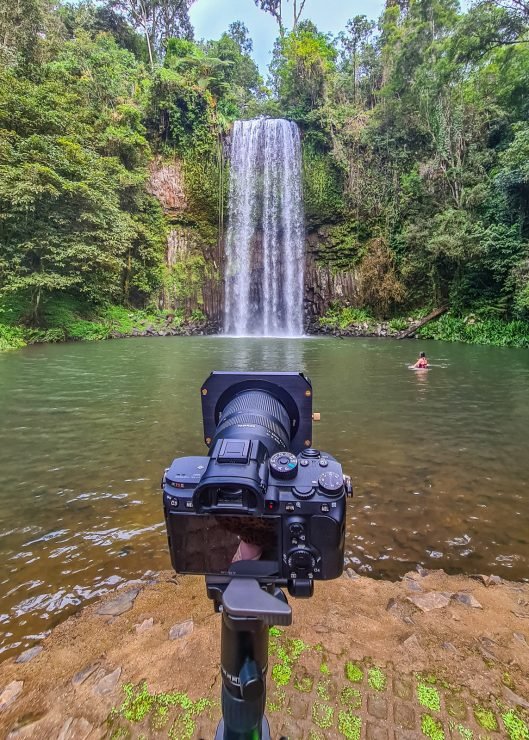How to fix blurry photos in-camera
If you’re just starting out in photography, you might end up with more blurry photos than you’d like. Or even photos that are not as sharp as was expected or wanted. In fact, it’s probably the number one most common issue beginners run into.
Here’s some simple tips on how to avoid blurry photos in-camera.
You need light to focus
While modern-day cameras can virtually shoot in the dark, you still need sufficient light to get focus. You can do this by increasing your ISO, using a speedlight or shining a torch on your subject. You can still shoot but you need to obtain focus first.
Another point to consider is switching to manual focus once you have set your focus (if using autofocus), as many lenses will continue to hunt for focus in the dark. Because of this, what you thought was in focus, may not stay in focus. Even when using back button focus.
Use back button focus
While we’re on that topic switch to back button focus. It really is a game-changer. The old half-press, focus and then shoot method is cumbersome and not ideal in many situations. Back button focus is a terrific tool for getting the most out of your camera.
Back button focus on Sony a7RIII
This setting is often buried in the menus of your camera, so if you need help, check out your camera’s manual. Or oftentimes, a quick YouTube search for your specific camera will do the trick.
Focus magnification
Many cameras have a focus magnification (check your manual) which allows you to zoom in to check if everything is in focus. Other options on some cameras (like my Sony a7R III) allow peak metering and DMF (Direct Manual Focus) to really nail the focus on your shot.
Focus magnification and peak metering
Avoid camera shake
When you’re not really used to holding a camera for long periods of time, they can often feel heavy. Trying to handhold a camera can often lead to camera shake (or camera blur) if your shutter speed is too slow. Even a slight movement can cause blurry photos.
Try using a minimum shutter speed of at least 1/80s or even 1/125s to avoid this. Some cameras have built-in stabilization which can often help, but not eliminate it. Many makes and models allow you to set a minimum shutter speed, especially when used in conjunction with Auto ISO.
Use a tripod
When shooting in low light situations, consider using a tripod to avoid camera shake. When you do this, use a 2-second timer or remote trigger to avoid knocking or moving your camera during your shot. Don’t forget to turn OFF any camera stabilization while using a tripod, too.
If you don’t have a tripod, try locking your elbows to your side. Or, lean your camera against something stable to steady your shot.
Use a tripod to get sharp photographs
Clean your glass
A tiny spec or smear on your lens can also affect your focus, so taking a minute to clean your glass can help as well. There are other things to consider like your ISO, what mode you shoot in, but these common fixes will get you well on your way to fixing a blurry photo in camera.







